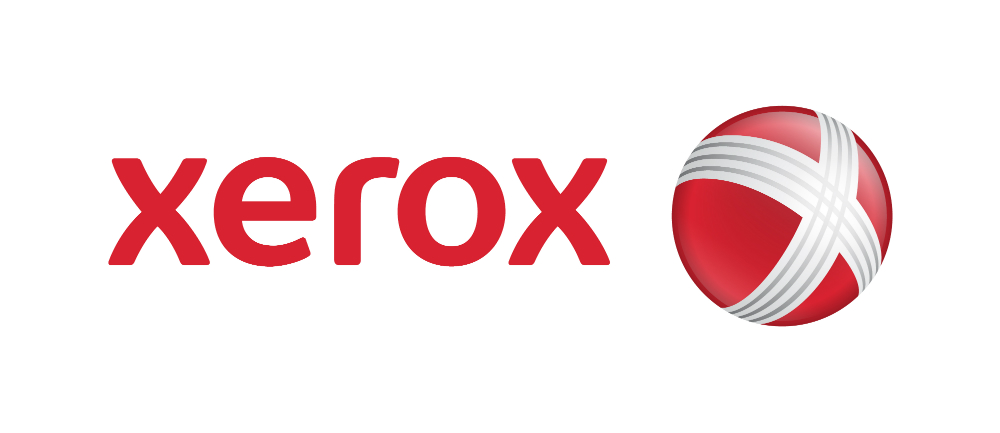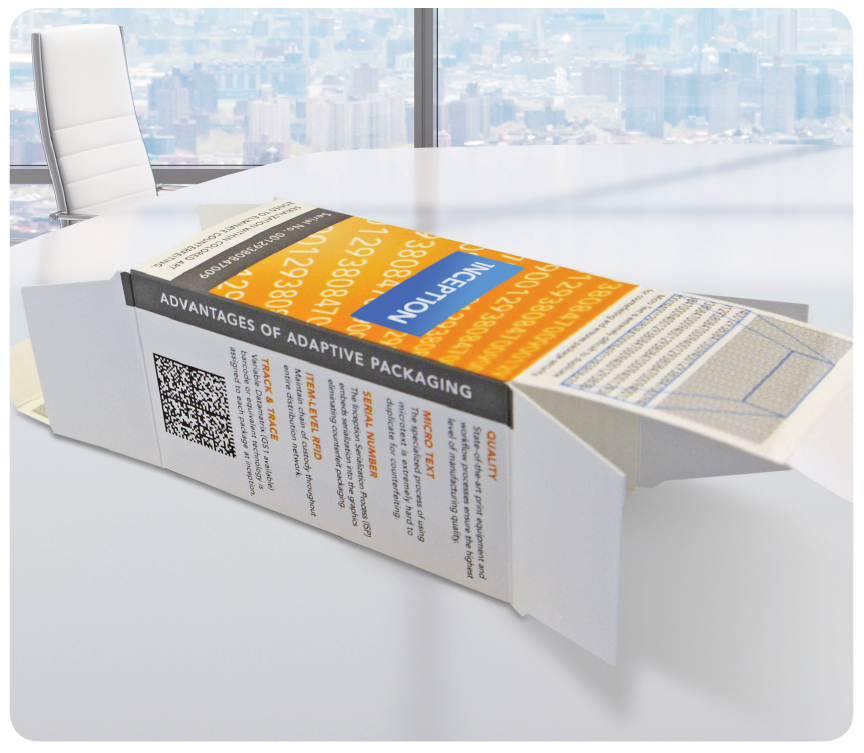Printing labels normally is a menial office task, but Xerox is trying to change that with the release of a series of new products called Printed Memory.
Printed Memory attempts to produce electronic labels that can store and capture data, while also providing authentication. Xerox is targeting businesses and governments that are in need of securing products as they are distributed with Printed Memory.
Xerox is describing Printed Memory as a printed label containing up to 36 bits of rewritable memory that can store up to 68 billion points of data. For example, the label can be used to determine if a product is genuine and to track how it’s been handled during distribution.
The second product in the Printed Memory line comes with cryptographic security that features encrypted printed code similar to a QR bar code to the memory. This cryptographic security technology was developed in-house at Xerox PARC. In December 2014, Xerox licensed proprietary printed memory technology, from Thin Film Electronics ASA, a Norwegian company in the field of development and commercialization of printed electronics. Under this licensing agreement, Xerox plans to produce printed memory at its plant in Webster, N.Y. Xerox PARC and Thin Film Electronics have been working together on enabling smart labels based on Thinfilm’s Addressable Memory.
According to Xerox, it can only be read by authorized personnel using a reader which interfaces with a secure smartphone application.
Xerox is positioning these two products as a secure, anti-counterfeit solution for use in applications such as tracking. One of the markets Xerox is looking to address with Printed Memory is pharmaceutical. The Rochester, N.Y.-based printing and imaging vendor envisions pharmaceutical products being labelled with tax or duty stamps information for government agencies.
Steve Simpson, Xerox vice president responsible for Xerox Printed Memory, said Printed Memory makes it possible to ensure the integrity of a product from the time it leaves the factory to the time it gets into the hands of a customer.
Compared to other anti-counterfeiting methods such as invisible ink, holograms and RFID tags, Xerox said those solutions can be copied. In contrast Xerox Printed Memory is challenging to counterfeit because every label is uniquely encrypted.





